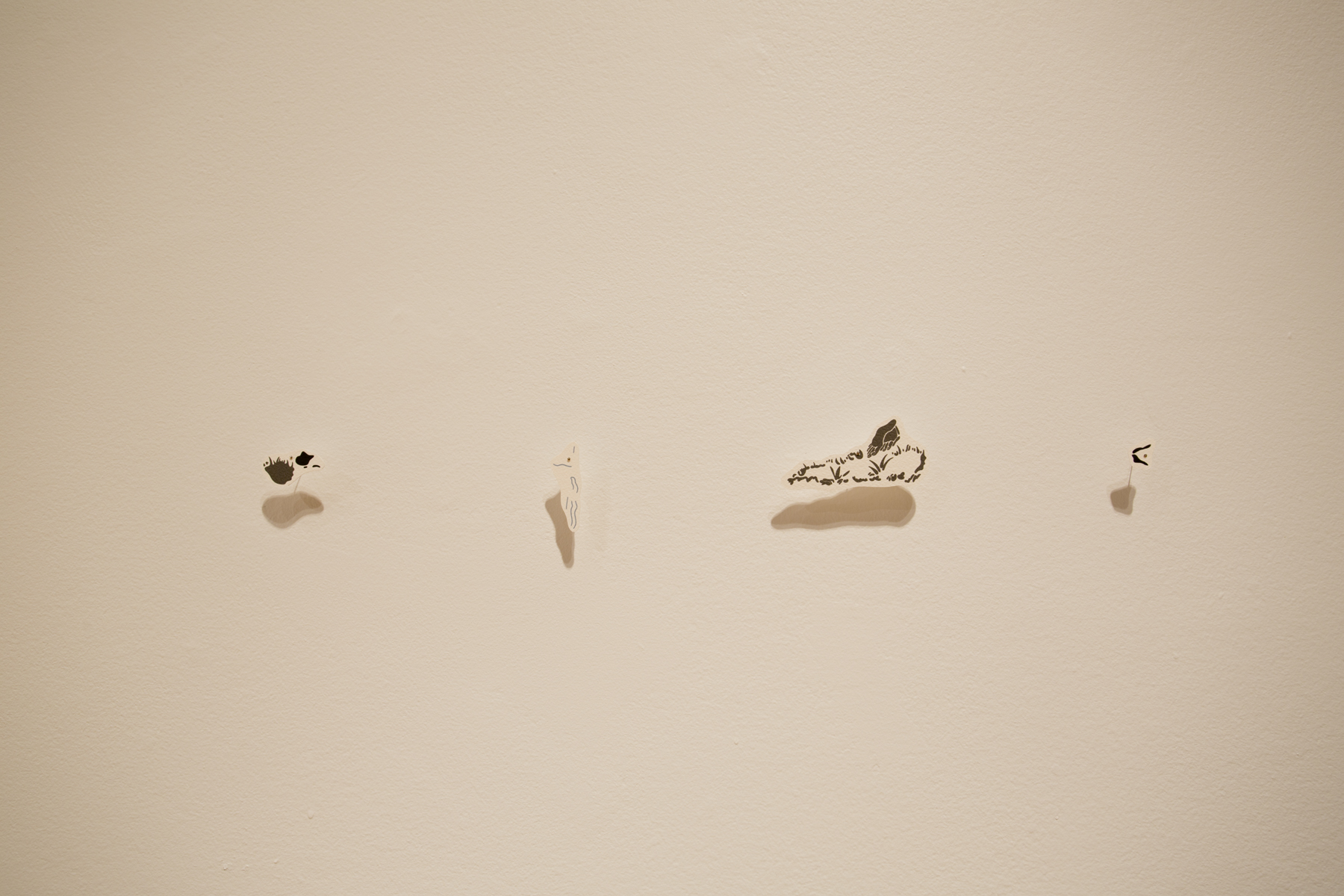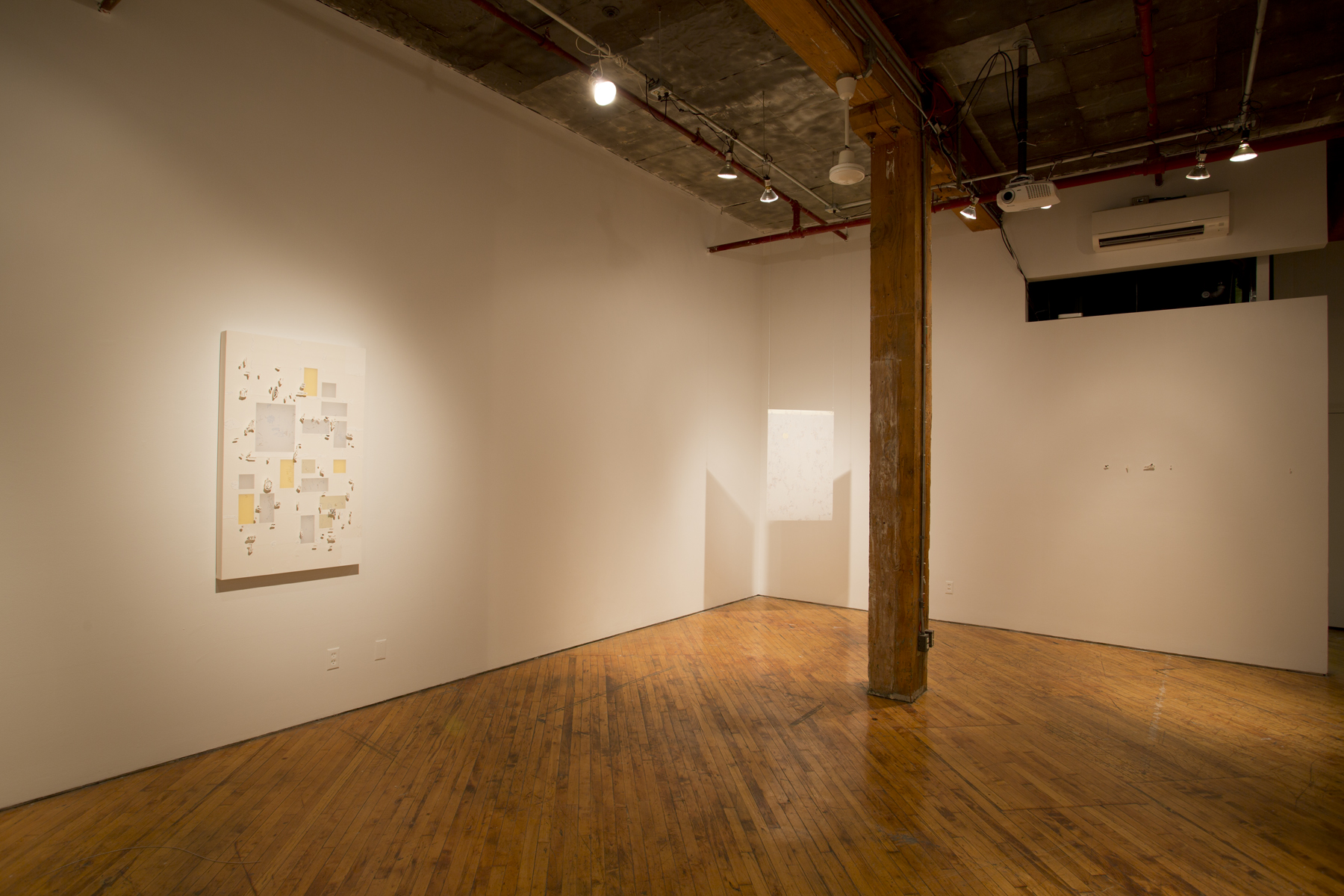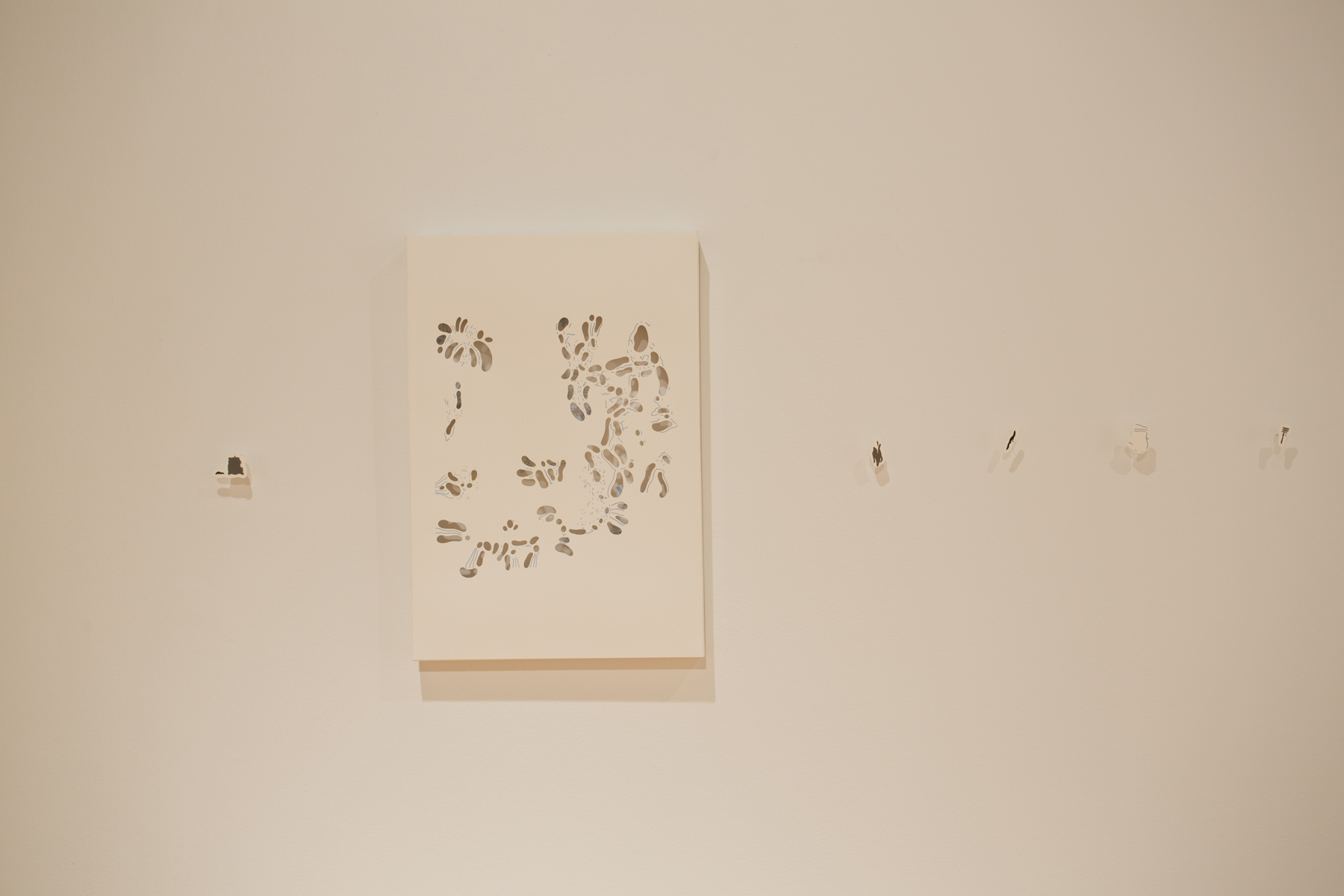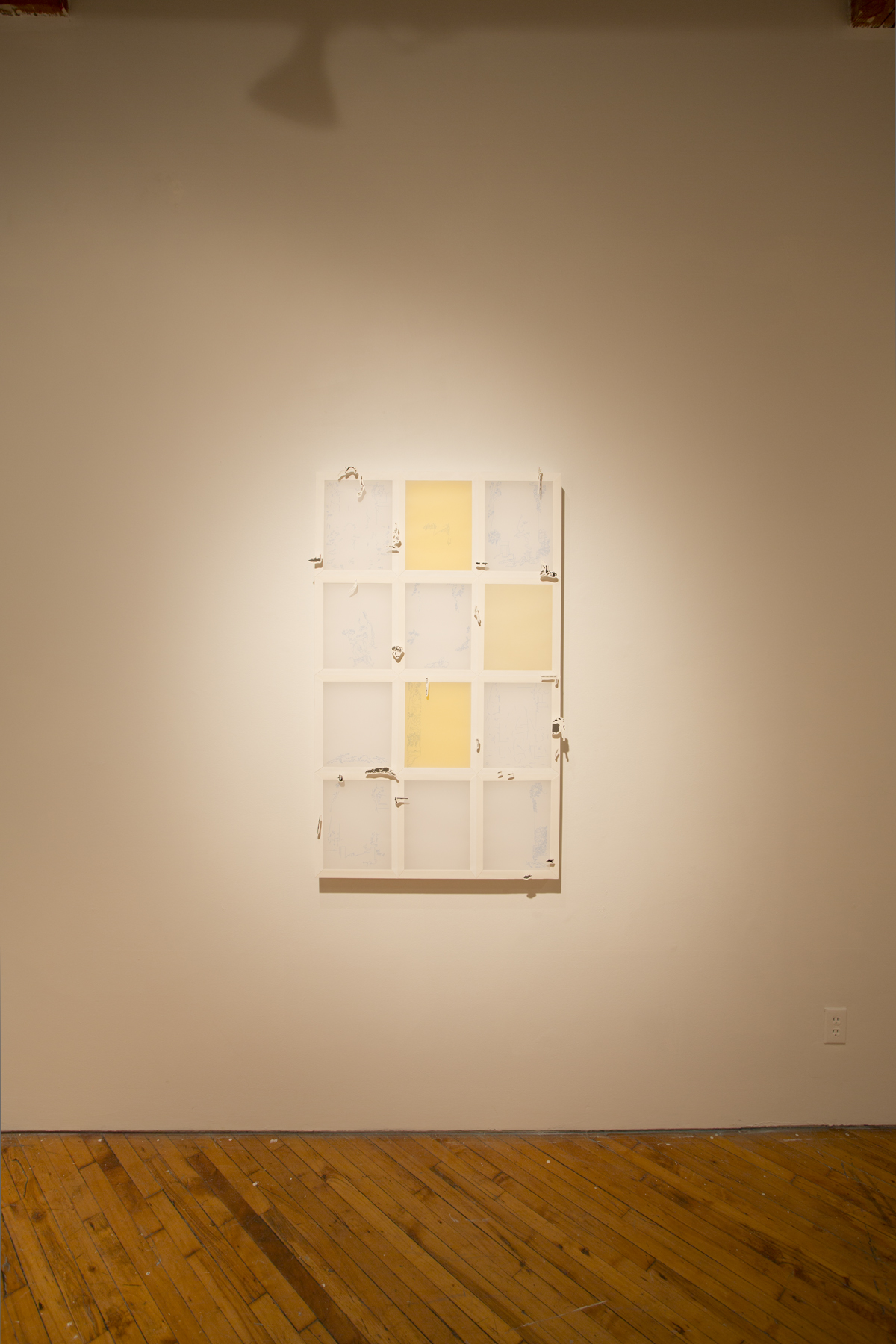Brynn Higgins-Stirrup’s recent work siphons through the expansive history of drawing and seeing to focus on the Corinthian Maid, a Roman origin story for the first act of drawing. The tale describes a young woman who upon learning that her lover must leave, traces his cast shadow on the wall with a piece of coal. The story concludes as her father sees the tracing, and delighted by its likeness, fills it with clay, thus creating the first relief.
To respond to this narrative, she culls imagery from the visual swell of digital data available online to create a taxonomy of the lines and marks associated with the Corinthian Maid, locating how it has been visually exemplified and altered over time. She then attends to these images through processes of erasure and memorialization, carefully dismantling drawings through repetitive, semi-abstract mark-making.
The Corinthian Maid represents an example of a specific visual history through which to explore the evolution of Western ideas around power, gender, embodiment, and creativity. It allows us to look back through the varied representations of and reactions to this narrative, as a way of reflecting on the necessity and absurdity of progress. The slow, marked shifting of ideas over time.
Her purpose is not clarity but to play and reckon with the space between perception and representation. As Higgins-Stirrup draws, she lets her work unfold as images in a constant fluctuation between marks and representations. In this ambiguity, there is a subversive progress, as these intertwined histories of drawing and seeing are worked through and reimagined into less linear, more expansive narratives.
Artist Bio
Brynn Higgins-Stirrup
Brynn Higgins-Stirrup is a Canadian interdisciplinary artist working in drawing and sculpture. Higgins-Stirrup was an Artist-in-Residence at Virginia Commonwealth University’s campus in Doha, Qatar (2020) and returned a year later to present the solo exhibition Figure Drawn at Virginia Commonwealth University’s School of the Arts in Qatar along with a publication on her work of the same name.
She is a recent recipient of the Canada Council for the Arts Concept to Realization Grant to support her exhibition at YYZ. She has presented exhibitions internationally and is the recipient of multiple major grants from the Canada Council for the Arts, the Ontario Arts Council, and the University of Michigan. She is currently exhibiting her work Hand in Handat Midwestern State University, Wichita Falls, USA.
Higgins-Stirrup holds an MFA in Visual Art from the University of Michigan. She has completed residencies and research-creation grants internationally in Canada, the United States, India, Switzerland, and Japan.
Image credit Allan Kosmajac




